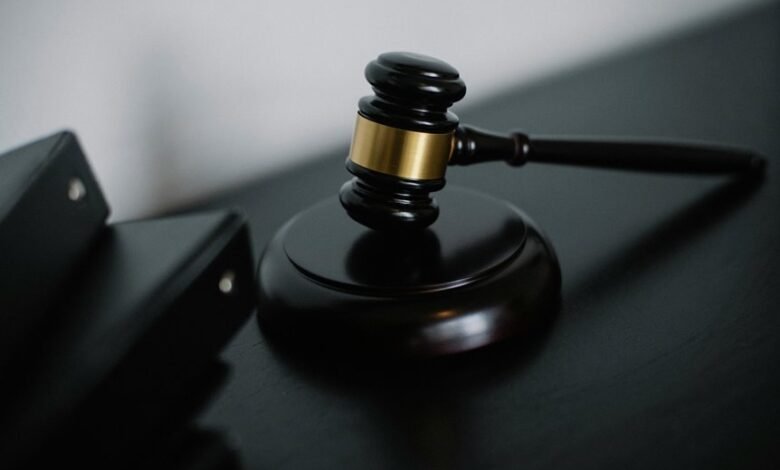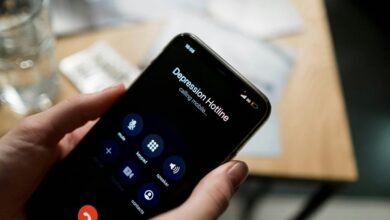Photoscompangante: O Papel das Imagens em Processos Judiciais

The role of images in judicial processes, known as photoscompangante, plays a pivotal role in shaping legal outcomes. Visual evidence can enhance juror comprehension and emotional connection to cases. However, the use of imagery also raises ethical concerns regarding authenticity and privacy. Additionally, the potential for misinterpretation presents challenges that must be addressed. Understanding these dynamics is essential for a fair judicial process, prompting further examination of guidelines and training for legal professionals.
The Power of Visual Evidence in Courtrooms
Visual evidence plays a crucial role in courtroom proceedings, often serving as a persuasive element that can significantly influence juries and judges.
By employing visual storytelling, attorneys can effectively convey complex narratives, enhancing the emotional resonance of cases.
This dynamic shapes courtroom interactions, guiding jurors toward specific interpretations and decisions, while underscoring the importance of imagery in the judicial process and its impact on courtroom dynamics.
Enhancing Juror Comprehension Through Imagery
Images serve as powerful tools for enhancing juror comprehension, enabling jurors to grasp complex evidence and arguments more readily.
Through effective visual storytelling, jurors can engage in improved cognitive processing, allowing them to connect facts and narratives more intuitively.
This visual approach not only aids retention but also fosters a deeper understanding of the case, ultimately contributing to more informed deliberations and verdicts.
Ethical Considerations and Challenges of Image Use in Legal Settings
The use of images in legal settings raises several ethical considerations and challenges that warrant careful examination.
Key issues include image authenticity, which can undermine the integrity of judicial processes if manipulated, and privacy concerns that arise when personal images are presented in court.
Balancing the need for visual evidence with respect for individual rights remains a significant challenge for legal professionals.
Conclusion
In summary, the integration of visual evidence in judicial processes represents a double-edged sword, akin to a digital sword that can both clarify and complicate legal narratives. While images enhance juror comprehension and emotional engagement, they also raise ethical concerns regarding authenticity and privacy. Furthermore, the potential for misinterpretation and juror overload necessitates the establishment of clear guidelines and comprehensive training for legal practitioners, ensuring that the use of visual storytelling upholds the integrity of the judicial system.





